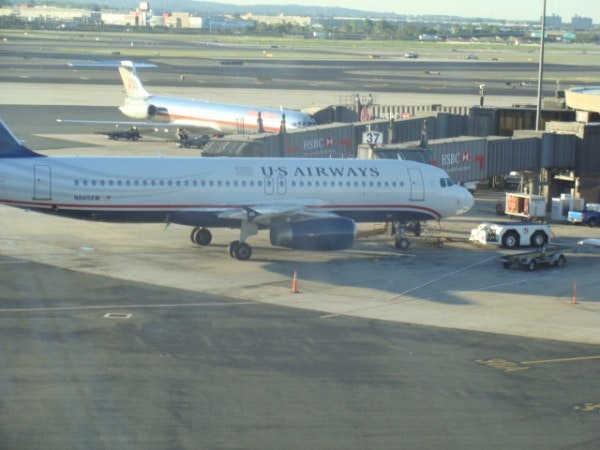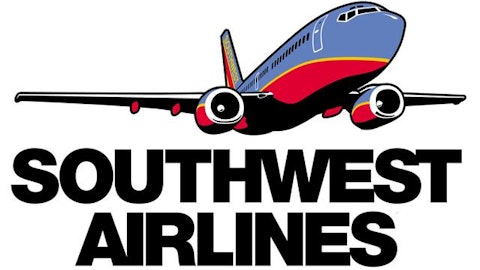The recent announcement that American Airlines and US Airways Group, Inc. (NYSE:LCC) plan to merge has sparked fears that consolidation will lead to less competition and higher airfares. Assuming the merger is approved, more than 80% of domestic capacity will be controlled by just four airlines: the new American, United Continental Holdings Inc (NYSE:UAL), Delta Air Lines, Inc. (NYSE:DAL), and Southwest Airlines Co. (NYSE:LUV). All four will have been created by mergers within the past five years. Delta Air Lines, Inc. (NYSE:DAL) started the most recent round of consolidation by merging with Northwest, followed several years later by the merger of United and Continental and Southwest Airlines Co. (NYSE:LUV)’s acquisition of AirTran.

This history of airline consolidation means we have a substantial amount of evidence about the effects of airline mergers on airfares. The days of so-cheap-you-can’t-believe-it airfares are probably gone. However, that’s a good thing, because irrationally priced airfares have resulted in trips to bankruptcy court by numerous airlines over the past three decades. Yet surprisingly, airfares have been quite stable in the face of rising oil prices since 2000. Airline mergers (and bankruptcies) have generated significant cost savings over time, allowing airlines to become profitable without raising fares beyond historical inflation-adjusted levels.
Stability in a sea of change
Since 1995, the average domestic airfare has risen from $288 to $367. The increase hasn’t been linear: Airfares spiked from 1996 until 2000, before dropping off for much of the next decade. Since 2009, airfares have been on the rise again.
Source: U.S. Department of Transportation
However, if we adjust for inflation, it turns out that airfares have declined since 1995. Q3 2012 airfares averaged just $243 in 1995 dollars, down more than 15% since 1995 and down more than 18% from the inflation-adjusted peak in 2000.
There is a catch, though. Department of Transportation statistics include only the base airfare. Non-ticket charges such as baggage fees aren’t included. Since airlines have been charging baggage fees for only about five years, the DOT statistics understate the increase in airline prices. On the other hand, the DOT also provides statistics on the percentage of airline revenue derived from ticket sales. Working backwards from this information, it appears that the average ticket price last summer including new fees was $294 in 1995 dollars, implying that fees for checked baggage, seat selection, and the like average around $50 — roughly the cost of checking one bag for a round-trip flight on most airlines.
At $294, the average inflation-adjusted airfare is still slightly below the 2000 peak of $297, but slightly higher than the 1995 level of $288. Given the turmoil that has shaken the industry in the past decade, the long-term stability of inflation-adjusted airfares is surprising.

